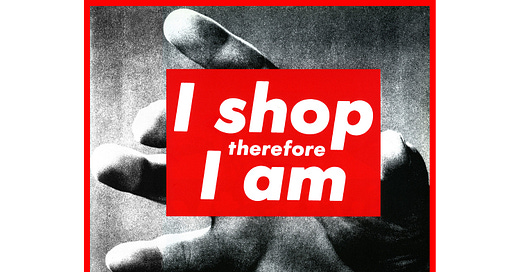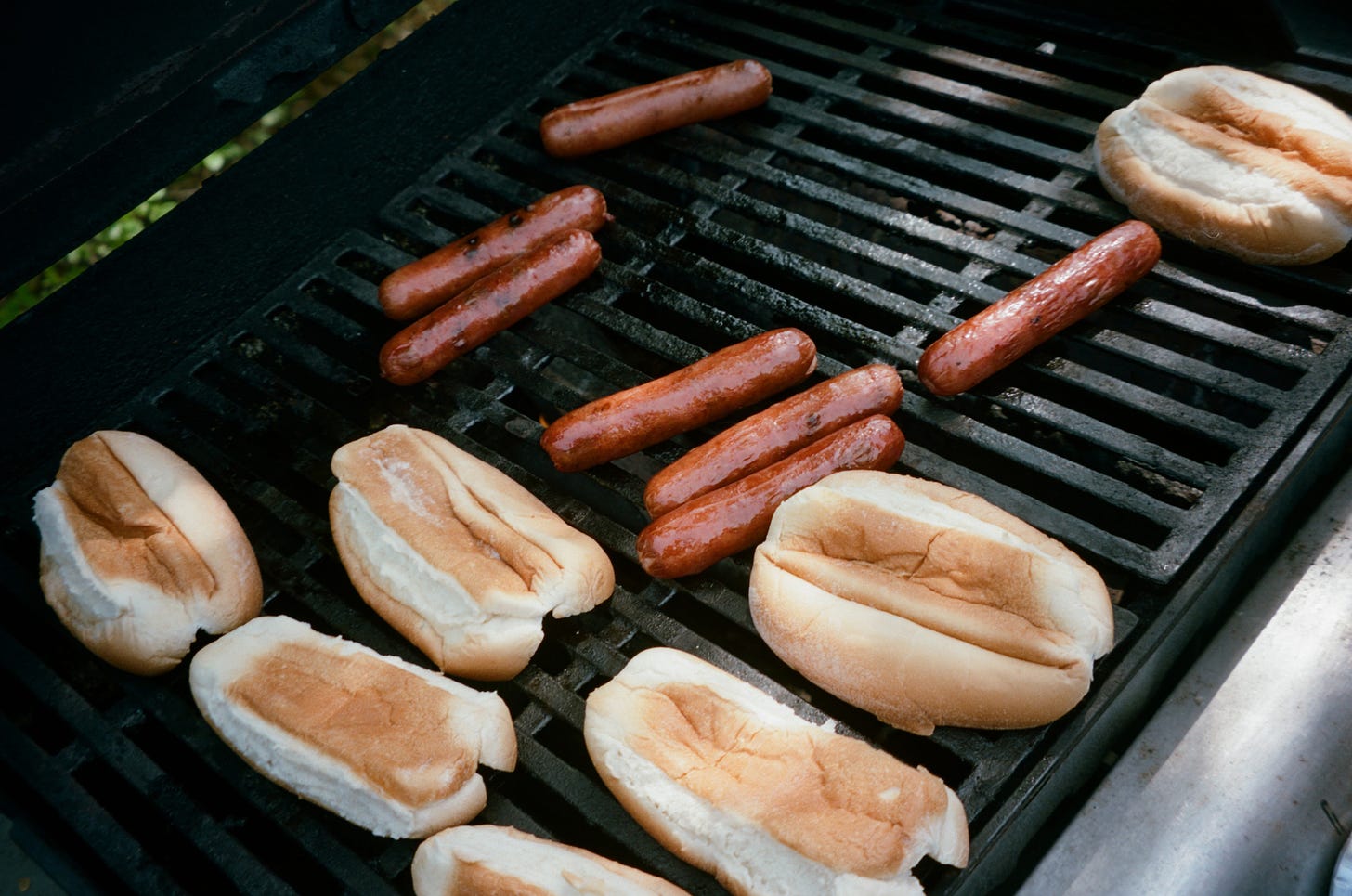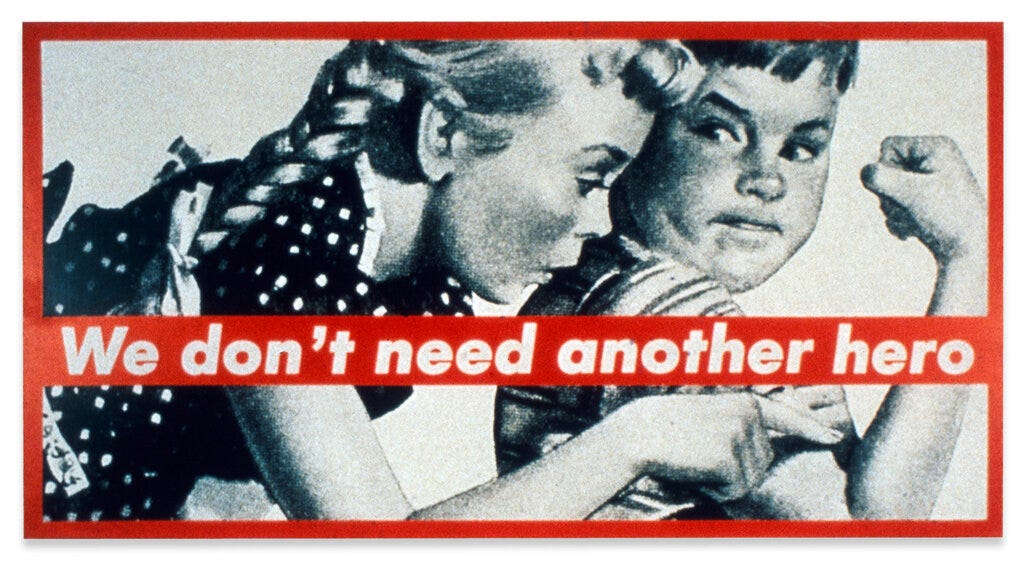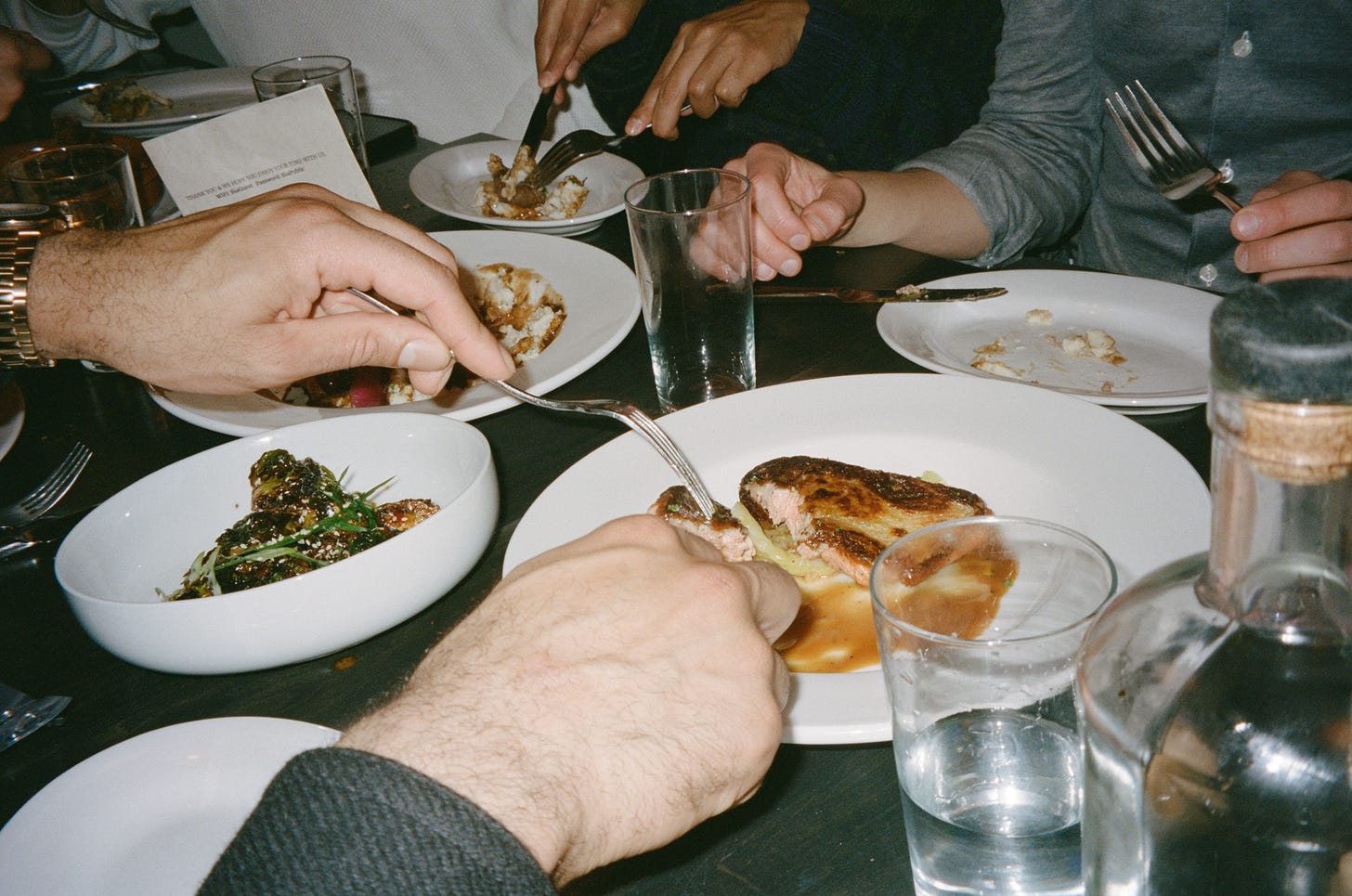The first item I ever saved up to buy was a Nintendo 64. After cobbling what seemed to be a lifetime of birthday money, my father drove me to GameStop to swap my toonies for a limited edition N64 x Star Wars Pod Racer combo pack. Apart from Darth Maul’s double-bladed lightsaber, Vader’s iconic baby daddy reveal and Queen Amidala’s BAPS-inspired updos, I never really cared for the Star Wars franchise. George Lucas’s depiction of the future with its dry winds and desert was not my desired aesthetic. Above all, I found Jar Jar Binks somewhat displeasing to look at.
In an effort to find greener, prettier pastures, I ventured to Blockbuster to try new games. I blew the backs out of many cartridges before landing on the ‘the one,’ cycling through Pokémon Snap (trash), The Legend of Zelda: Ocarina of Time (belongs in the Louvre) and Banjo-Kazooie (lowkey MAGA-coded). Finally, my soulmate presented itself in Super Smash Bros., a crossover fighting game where opponents from various Nintendo series battle each other in gladiator-like arenas. Now, let the record show that I don’t believe in the glorification of murder but I do believe in the empowerment of Nintendo characters. I rotated through a few characters to find my footing: Zelda in boy-drag as Sheik, space-twink Ness and Captain Falcon (who always appeared to be overcompensating for… something). However, it wasn’t until I landed on a character that enabled me to possess the dynamism the game was predicated on that I found my perfect match. Kirby is to Nintendo as Rogue is to X-Men. Apart from being an unassuming, pink ball of buccal fat that can levitate and drop a brick on a foe, Kirby can also adopt the powers of his enemies by simply consuming them and spitting them out. He can use Link’s sword and shield with one inhale. He can wield Star Fox’s laser gun with one swallow. Kirby’s insatiable hunger became my favourite weapon. He truly became what he ate.
We have been warned of the ills of capitalism and mass consumption for some time now. Excess consumption has been linked to our climate crisis, the exploitation of workers in both developing and developed nations, superficiality and harmful beauty ideals and declining mental health. Unlike gossip, greed isn’t good. What we buy is killing us and our planet and yet we still indulge. Across the G8 countries, consumer spend continues to grow, up by 1.5% in 2022, driven by rising wages, increased consumer confidence and post-pandemic economic recovery efforts. Despite our increased expenditure on goods and services, we aren’t necessarily happier. In fact, the World Health Organization (WHO) has drawn a correlation between capitalism and increased mental illness. According to the WHO, urbanization, climate change and the rising cost of healthcare will contribute greatly to the continued climb of mental illness. How does one rectify the increased global spend with the decline of mental health? Well, we don’t. Instead of rectifying, we rebrand.
We repackage capitalism under cute, new monikers to make ourselves feel better about how we spend. We create new holidays like “Prime Day” in the West and “Singles Day'' in the East that invite us to open our wallets. We feel warm and fuzzy about “buying Black” as if capitalism and its relation to labour do not have an outsized, negative impact on people of colour globally. As if the idea of trading goods and services based on race doesn’t mirror the “master” and “slave” dynamic of the transatlantic slave trade. “The master’s tools will never dismantle the master’s house,” Audre Lorde once wrote. This is true. But Audre, can it at least get me a bigger house?
In Kanye West’s seminal “All Falls Down,” he boisterously articulates his karmic relationship with consumerism. At the close of the first verse, West playfully rhymes “single, Black female, addicted to retail” and, well.. he might have been talking about me. When it comes to overconsumption, I am not unmaimed. I buy books to sit on my shelves for months, adding to the pile already collecting dust. I codify my splurge on vanities like archival vintage clothing and molecular bond hair masks (for what hair, you ask?) as ‘the cost of doing business’ because I cannot, will not, be caught in these streets slippin’. Finally, I shell out income, disposable and not so disposable, on experiences like dinners and brunches, airfare and accommodations, concerts and shows to feel alive and connect to what I love the most. Although exorbitant, I don’t view these spends as unnecessary. I do not view these as a display of greed, either. Oddly, they bring me closer to a version of myself that reflects who I am inside. It’s strange to view capitalism as a mirror as it seeks to destroy every fiber of my humanity but if you look at my weekly spends, you likely will attain a decent sense of who I am and what my priorities are. In the third verse of “All Falls Down,” West remarks: “The things we buy to cover up what’s inside,” and I am going to be brave and disagree with Kanye not sure I agree. Without dismissing the damages of capitalism, I believe the things we buy do represent who we are or the identity we are reaching towards. Much like Kirby, we are what we eat. What we consume says more about us than we think.
An artist with a nuanced view of this sentiment is Barbara Kruger. In the late sixties, Kruger began a career at Conde Nast as a photo editor, quickly becoming versed in how consumerism infiltrates our lives through image-work and advertising. While creating poetry on the side, Kruger designed glossy spreads for Mademoiselle, Aperture and House and Garden which sharpened her proficiency in graphic design and language. It was not until a decade later that her career as a professional artist began. It is likely that you’ve encountered Kruger’s signature aesthetic and large scale collages before. Contributing to a legacy in conceptual art that spans decades, her pieces are unified by strict design principles that are noticeable in every work like a stubborn familial trait. In the case of Kruger, all of her works share black and white images of people with Futura Bold-fonted captions enclosed in red brick borders.
Themes of feminism, individuality and ownership are present in her layers of image and text but, to me, the most pervasive motif is that of consumption. Kruger’s ravenous fixation on society’s endless hunger has inspired works that encircle our hunger for beauty, our starvation for power and our thirst for excess. She’s an artist who’d rather be understood than interpreted; her message too urgent for the gauze of the abstract. By imbuing slight yet piercing copy with B&W photography, her thesis confronts the viewer without subtly.
In 1987, Kruger produced her renowned “I Shop Therefore I Am” screenprint, a cunning flip on French philosopher Descartes “I think therefore I am.” Although the piece served as commentary to how central consumerism is to our identity, I appreciated the openendness of the work. Do I reject this statement or do I accept it? Even though Kruger’s piece was a critique of our over-investment in material goods to attain self-worth, I don’t believe she’s throwing shade at us. The work’s existence is an acknowledgement to the power of consumption and, in some way, this admittance feels empowering. She ate that.
When seeking to understand consumption’s relationship to identity, fashion and apparel seem like the natural place to begin. It is here where we prominently attach our expenditures to our limbs for public visibility. Contrary to West’s position in “All Falls Down,” fashion has always been less about covering up and more about expressing out. The garments we envelope our bodies in gouge our innards to showcase our pulsating identities.
At first glance, aligning yourself with a fashion label that matches your personal values can appear to be the primary method to signal your identity, both loud and ‘quiet.’ But that’s too simple minded for LOOSEY readers. You’re smarter than that. What I believe is more effective, and have even participated in myself, is the act of purchasing and wearing clothes that I signal where I consume. In my closet I have an olive t-shirt from a Taiwanese Bakery that makes delicious breakfast sandwiches, a vintage crewneck from a Californian Ritz Carlton, an acid washed denim hat from one of Daniel Caesar’s first shows and white socks from a Brooklyn-based personal care brand. I am literally spending money so I can tell you where I spend my money. This is a moronic admission as it’s obtuse to purchase clothes whose value isn’t woven into the fabric but tethered to a place or experience outside of it. For the most part, these products tend to be obscure, dog-whistling to a niche ‘if you know you know’ crowd. But to many, this is the magic. Jason, a close friend of mine, spent an entire summer calling, emailing and direct messaging a Parisian restaurant we once dined at to buy merch so he could wear it in New York. To him, it didn’t matter that 99.9% of the people who would encounter him wearing the merchandise would never recognize the restaurant. Much like going commando, the thrill comes from knowing that he is the only one who knows. In a way, this feels more intimate than traditional fashion, a coquettish display of receipts to gage who else may indulge in our private expenditures. In exchange for this flirtation, we become walking billboards. But, surely this is worth it to see who matches our vibe, right?
Fellow Canadian critic Rayne Fisher Quann dryly relays the notion of consumption as identity through the female gaze in her brilliant essay, “standing on the shoulders of complex female characters:”
“it’s become very common for women online to express their identities through an artfully curated list of the things they consume, or aspire to consume — and because young women are conditioned to believe that their identities are defined almost entirely by their neuroses, these roundups of cultural trends and authors du jour often implicitly serve to chicly signal one’s mental illnesses to the public. one girl on your tiktok feed might be a self-described joan didion/eve babitz/marlboro reds/straight-cut levis/fleabag girl (this means she has depression). another will call herself a babydoll dress/sylvia plath/red scare/miu miu/lana del rey girl (eating disorder), or a green juice/claw clip/emma chamberlain/yoga mat/podcast girl (different eating disorder). the aesthetics of consumption have, in turn, become a conduit to make the self more easily consumable: your existence as a Type of Girl has almost nothing to do with whether you actually read joan didion or wear miu miu, and everything to do with whether you want to be seen as the type of person who would.”
Quann’s view of consumption as identity is more skeptical than mine and likely closer to the truth. She groups the sentiment as not only consumption enacted but of perceived consumption as well. She argues that as long as the person you want to be seen as would consume it, it’s fair game and, suddenly, I feel implicated. I have never been to the Ritz Carlton location embroidered on my crewneck. I thought it was cool when I picked it out of the vintage shop as a teenager. Even with the best intentions, some of the books I have on my shelf I will never read. I don’t think that makes me any less me. I kind of find it more revealing.
What do we consume when we have eaten everything? Perhaps, the answer is ourselves. The recent influx of cannibalism stories point to our undying crave for consumption. We hear whispers of someone biting Beyoncé in an attempt to be closer to her star power. A cannibalism fetish is leaked, dismantling Armie Hammer’s career. New mothers eat their placenta despite the lack of evidence for nutritional benefits. Luca Guadagnino’s Bones and All documents a love story between two young cannibals fleeing across America while attempting to suppress their urges. The lead is portrayed by Taylor Russell, a Black woman. There’s something brilliant about this casting choice as much of our culture feasts on the output Black women, their bodies, their voices and their labour, only for them to be chewed up and spat out. With Russell as Mare, the film portrays the inverse. We watch in agony as she gobbles up white person after white person to sustain herself. By eating her oppressors, she persists. Inspired by the film, singer-songwriter Ethel Cain released a loosey called Famous Last Words: ode to eaters. Through her delicate prose, she romanticizes the taboo:
“carry me with you all of the time / eat of me, baby / skin to the bone / body on body until i’m all gone / but i’m with you inside”
It’s not convincing enough to make me want to bite someone but her crave reflects how consumption can bring us closer to what we love and who we love, too. By consuming, we become whole. How appetizing.









